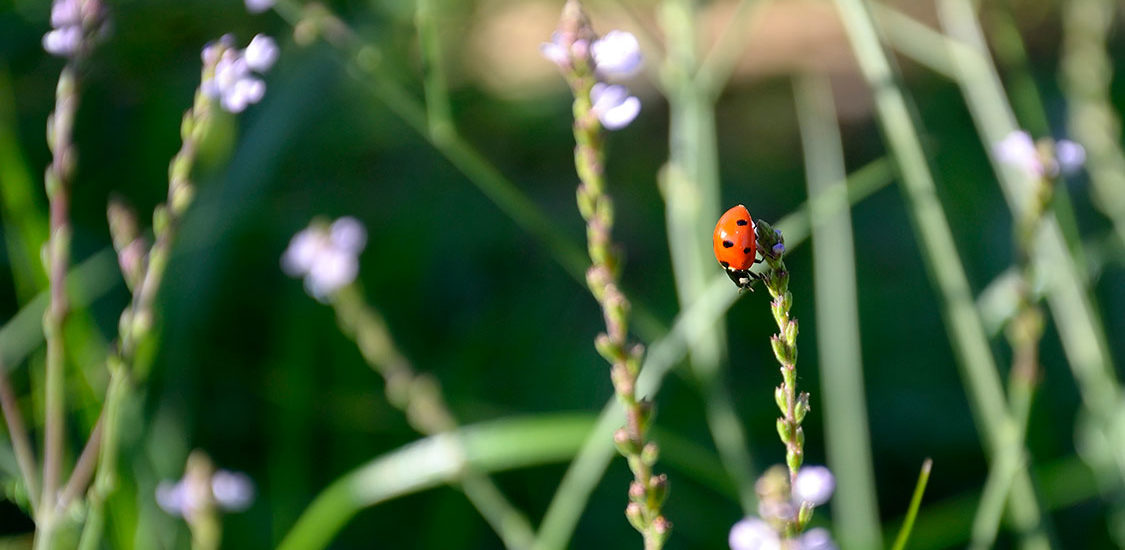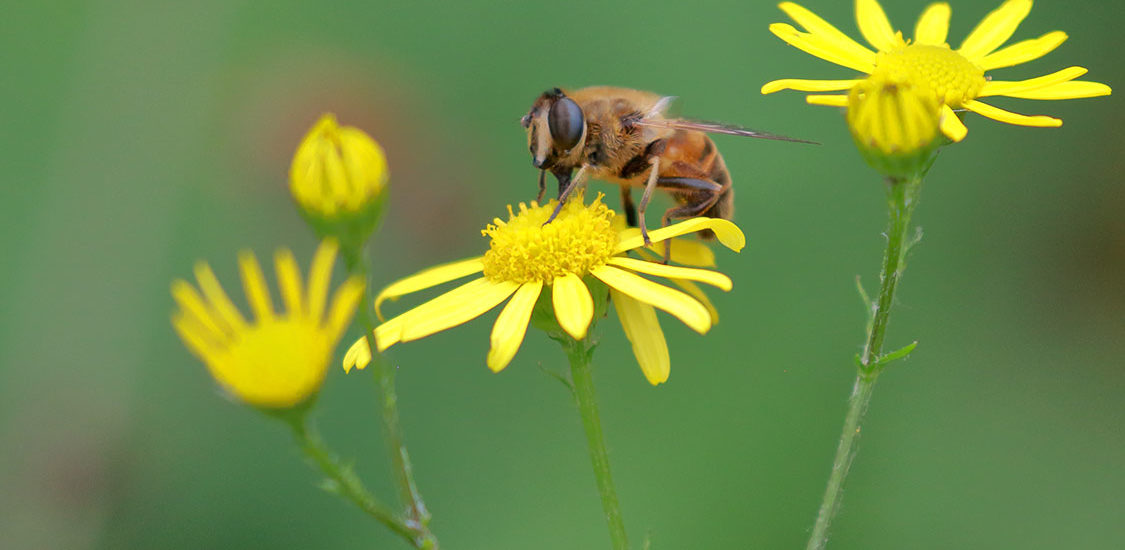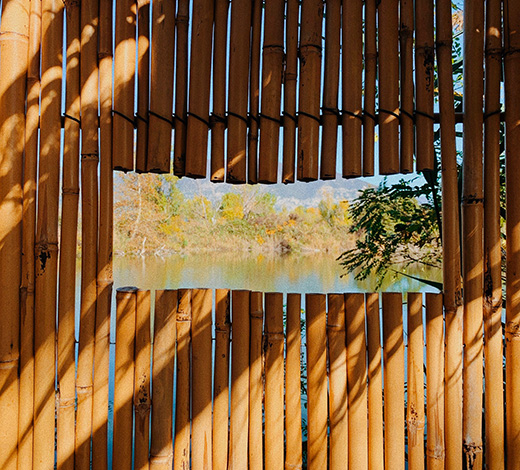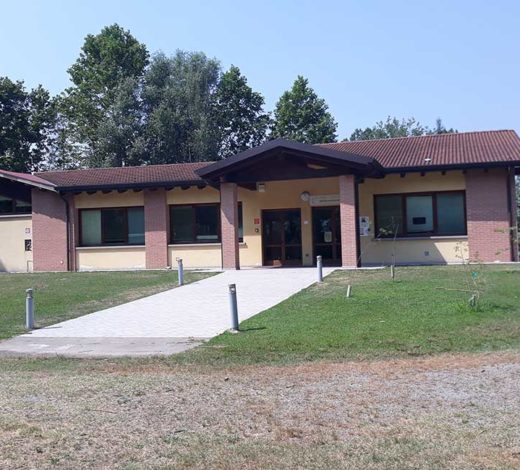Nature Watching
The Italian term Nature watching, which grew out of an idea by Francesco Mezzatesta as the natural evolution of birdwatching, literally means ‘observing life’. Biowatching can be summarized with the phrase ‘perceiving everything while we walk’. It is a way of exploring with our senses, taking notes and pictures, drawing sketches, or consulting maps and manuals without worrying about reaching a goal like in traditional trekking. The scope is to take a slow walk, concentrating on the details: a flower, insect, rock, a bird’s song, a scent … Your first experiences should be done with an expert guide. In fact, it is not so obvious knowing how to observe or what to listen for. Although these are innate abilities, they have been lost, especially among city-dwelling adults, but they are still very developed in children. Try it and you will see!
This recreational activity is actually the playful version of what a scientist would do while intent on assessing the characteristics of a natural environment. Studying biological diversity is an essential tool in protecting a place and even if practised as an amateur, you can actively participate in field research once you have acquired the necessary skills, supporting botanists, ornithologists, ichthyologists, etc. There are also digital platforms for sharing useful data such as https://www.ornitho.it/ or https://www.inaturalist.org/home, which have pages dedicated to our peat bogs.
A brief text by the great zoologist Danilo Mainardi helps us understand this idea of nature watching.
There are two ways of owning animals: socially-emotionally, which pertains to cats, dogs, or songbirds; and purely intellectually, where memory, experience, and detachment prevails. This is the lovely way in which we can ‘own’ wild animals. What I bring home, what remains my own is, in a concrete sense, my notes, pictures, films. The animals remain there and do not need to know anything about it. And there are many different animals: groundhogs, eagles, herons, dolphins … There are butterfly migrations and battles between slave-making ants. There is no limit to the spectacle, and each person can develop his or her own curiosity. Whether travelling or not travelling, because we can observe and collect the rewards of discovery right outside our homes. … What is important is to ignite (recover?) our curiosity. And when we return home tired and tanned in the evening, we will be asking what that butterfly was or what the strange behaviour of a stoat, groundhog, or woodpecker meant. The morning after, we will want to go to the bookstore, buy a guide, some easy text on animal behaviour. And steadily we go from being incompetent beginners to competent enthusiasts. What is important is that the delight remains. But it will remain, of that you can be certain. (D. Mainardi)
Equipment:
binoculars, notebook, magnifying lens, map with an app such as PlantNet, Ornitho.it, or iNaturalist.
Publications by the Reserve: Quaderno di campo, Le libellule delle Torbiere del Sebino




